
Singapore restaurants reimagine grandma’s home cooking and revive lost dishes from Peranakan, or Straits Chinese, cuisine
- Chefs in Singapore are mining the country’s culinary heritage in search of old recipes and dishes that were once commonly prepared at home or by food hawkers
- Malcolm Lee at Pangium, Mel Dean at Permata and Damian D’Silva at Rempapa offer modern interpretations of Peranakan dishes from the islands of Southeast Asia
My first taste of ikan chuan chuan, a fish dish at newly opened contemporary Straits restaurant Pangium in Singapore, brings about a sudden jolt of nostalgia.
The flaky Glacier 51 toothfish, served with a sauce of Bentong ginger and taucheo – salted, fermented soy beans – reminds me of a much humbler version of the fried pomfret that my grandmother and mother used to cook when I was a child.
It is exactly the sort of reaction that chef-owner Malcolm Lee – whose other restaurant is the one-Michelin-star Peranakan establishment Candlenut – hopes to evoke in diners.

“With this dish, the question I had was: ‘Why don’t people prepare this at home any more?’”
The ethos of Pangium’s cuisine is to showcase the food “our grandmothers and grandfathers first created with the knowledge, ingredients and tools they had at hand, reimagined for our lives today”, Lee adds.
How to cook Peranakan cuisine, the easy way
“I see contemporary Straits evolving to encompass the heritage cuisines of our region which are – in many ways – interconnected because of the way the Strait of Malacca connects Singapore with the rest of the world.”
Lee is one of a growing clutch of chefs in Singapore who are diving into the city state’s culinary history in search of old recipes and dishes that were once commonly prepared at home or by the country’s food hawkers.

“Our heritage food is disappearing because the passing of this culinary knowledge from generation to generation has been broken. Most of these recipes are part of our oral history and are not documented. When an elder passes away, it’s like a library has shut down,” observes Khir Johari, author of The Food of Singapore Malays: Gastronomic Travels Through the Archipelago.
Urban development has also made it challenging to obtain herbs and ingredients that were once native to the island, he adds.
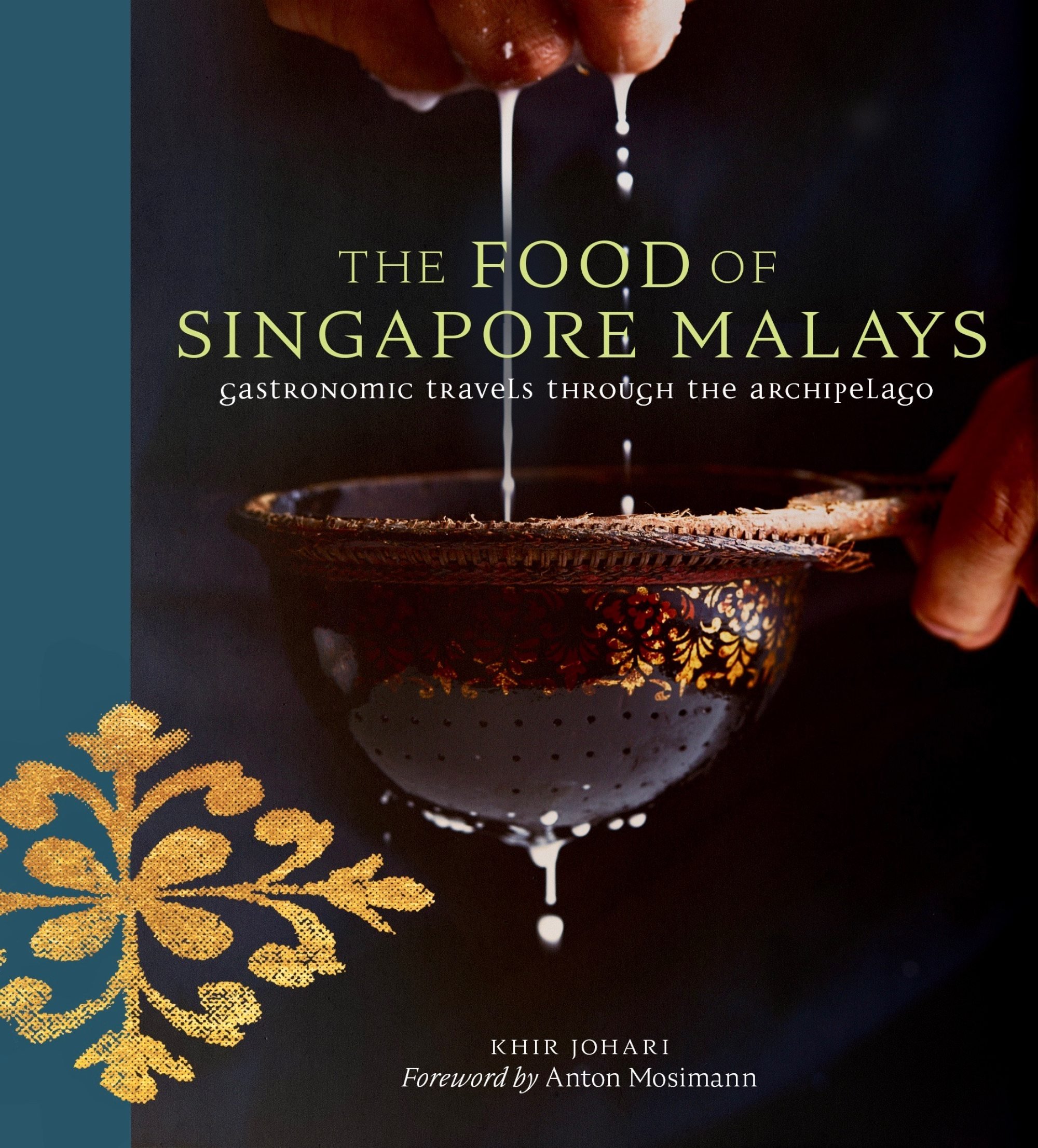
For example, the umbut or heart of the palm tree, which was used in salads or stir fries, is now a rare ingredient, as there are no more coconut groves in Singapore. Land reclamation efforts have also led to a loss of the native marine life that Malays used to source for food such as mangrove snails, called siput bakau and siput belitung, and mangrove crab.
He also points out that there may be misconceptions that can deter diners from trying certain heritage cuisines, such as the mistaken belief that Malay food is unhealthy.
“Malay cuisine features a wide range of boiled, steamed, grilled and soup dishes. Vegetables are actually at the heart of a Malay meal, sautéed or served raw as in an ulam salad. Meat is seldom deep-fried and can be served in a clear broth or a curry,” he points out.
“In any case, the adage of ‘everything in moderation’ is true for any food, be it Malay, Chinese or Western.”
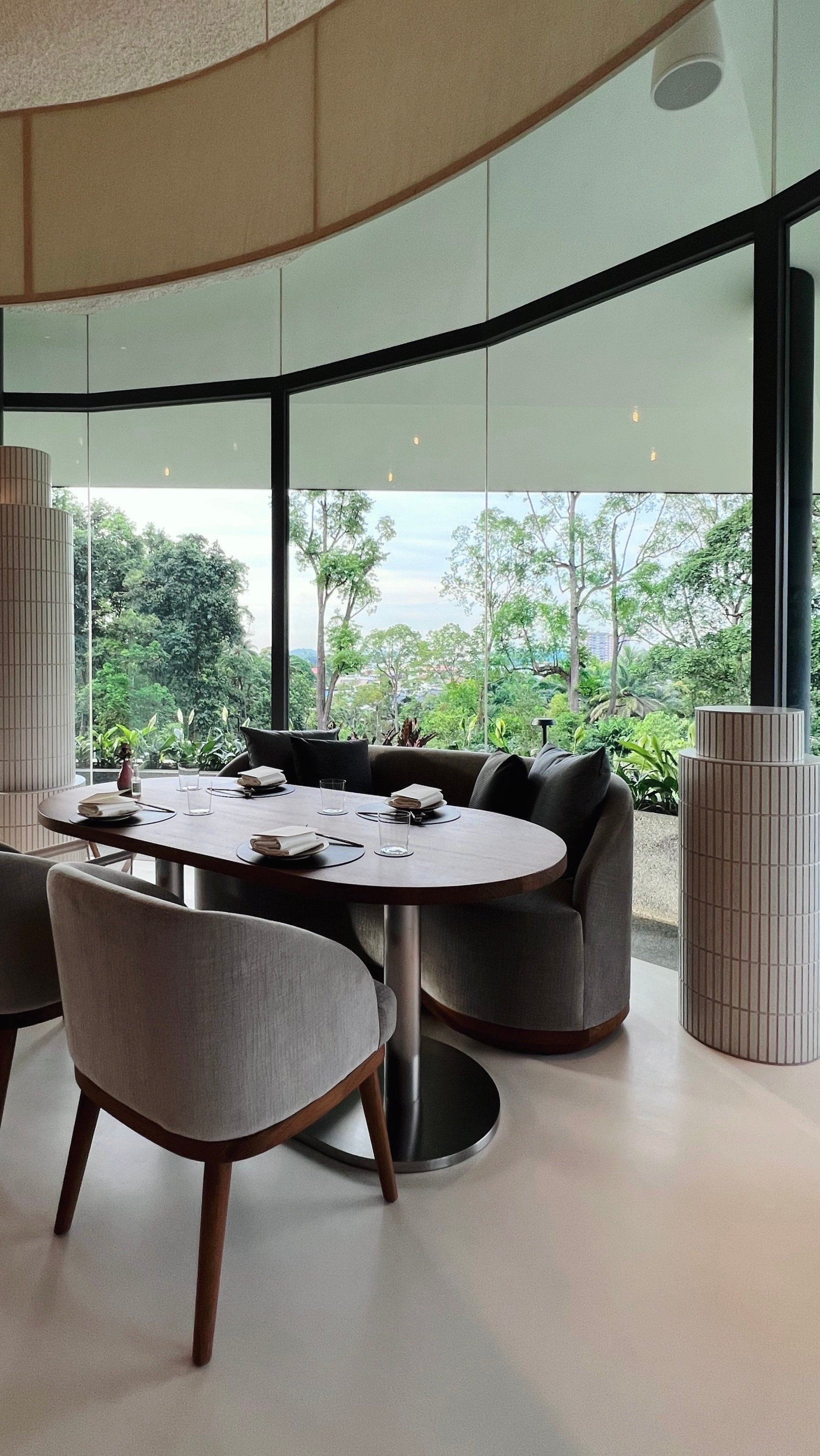
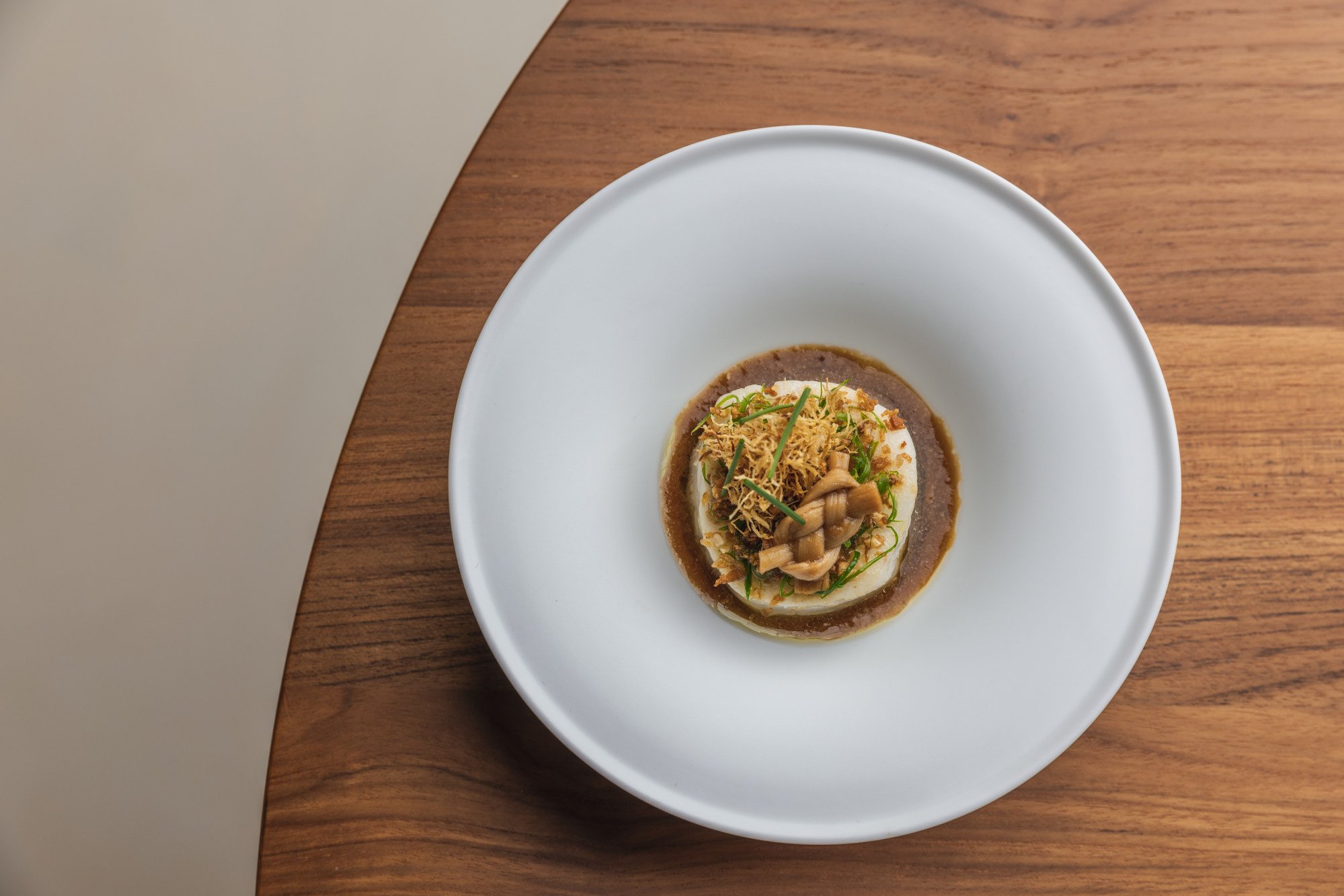
Over at Permata Singapore, housed in a historic mansion in Singapore’s Kampong Glam enclave, Dean is doing his part to showcase the wide variety of heritage dishes from the Nusantara archipelago (another term for maritime Southeast Asia – Malaysia, Singapore, Brunei, and Indonesia).
For example, kerabu raden ayu, or soursop salad, is a sharp and tangy dish that is typically eaten as an appetiser. “Made with soursop, pomegranate, green mango, cucumber and coriander tossed in calamansi dressing, not only is it healthy but it was a traditional way to utilise both raw and cooked leftover ingredients,” says Dean.
Another dish, botok botok or banana-leaf-wrapped shredded coconut with fish, was typically eaten only on special occasions because it requires intensive preparation – including sourcing more than 10 different types of herbs – and a laborious cooking process.

Permata Singapore’s version of this dish substitutes bony mackerel with fleshy barramundi, which retains the flavours of the traditional recipe while being more appealing to today’s diners.
Besides taking effort to adapt recipes to modern palates, other factors like social media, an increased focus on authenticity and food trends such as eating local and foraging for ingredients have also contributed to a renewed awareness and appreciation for heritage food.

“Today, this platter, regarded also as a depiction of ‘cosmology on a plate’, has risen in popularity in many restaurants and even hawker centres,” observes Khir. Certainly, it also helps that the dish, with its colourful ingredients, is extremely Instagram friendly.
Another aromatic favourite that is making a comeback is nasi ulam, comprising rice that is blended with an array of fragrant herbs and vegetables. Making this dish is labour intensive, requiring the shredding by hand of each component, the chefs say.
At Pangium, nasi ulam is the pièce de resistance of the meal and offers diners an interactive opportunity to taste and explore interesting accompaniments derived from traditional recipes, such as hand-minced duck satay wrapped in caul fat, which was once a traditional way of cooking pig liver and spleen.
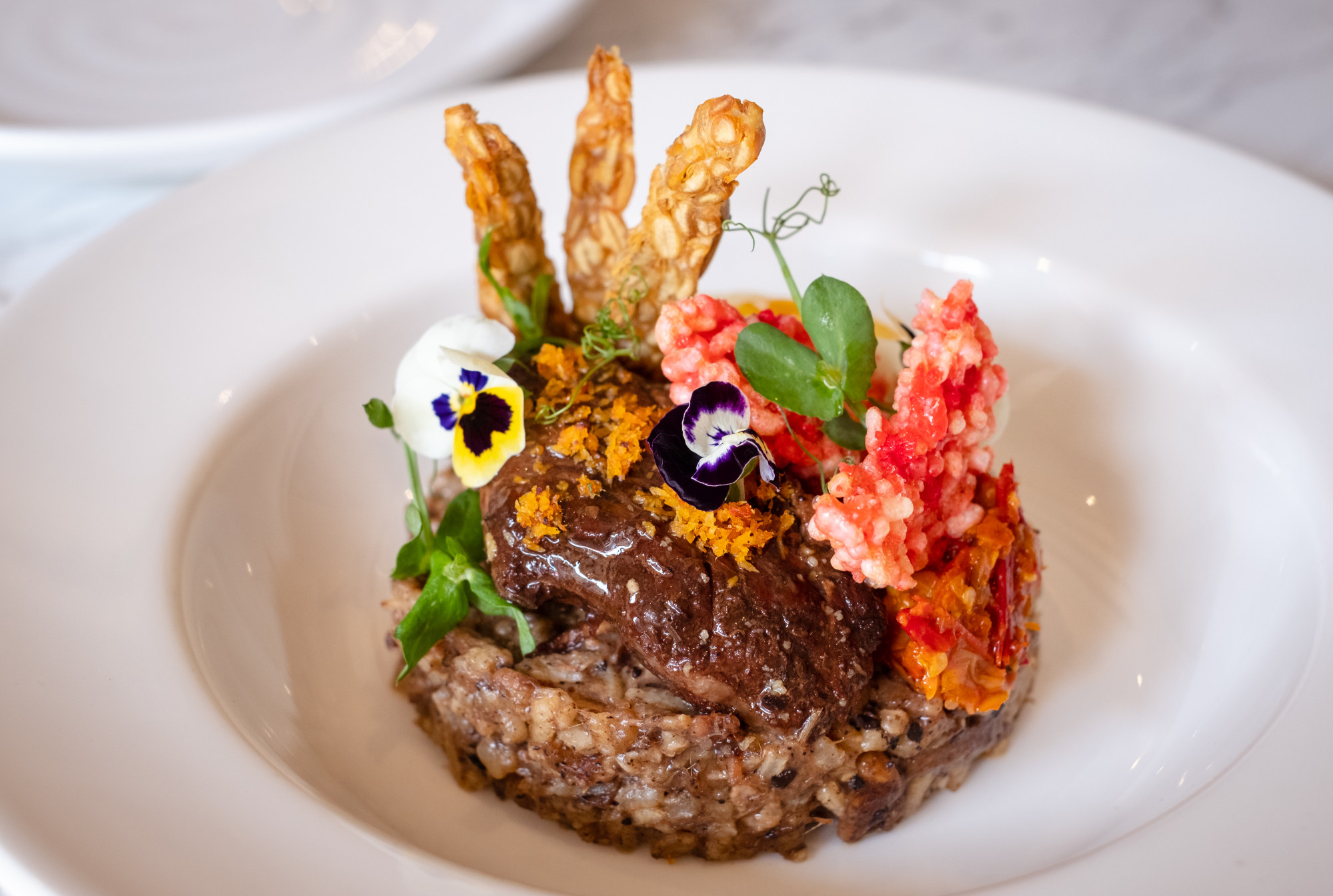
“[This dish] will be an evolving showcase of lesser known vegetables and herbs that is accompanied by an array of side dishes that explore lesser known recipes and flavours,” says Lee.
“The preparation is done with careful restraint to give guests an opportunity to connect with unfamiliar, yet somehow familiar flavours and dishes drawn from shared, overlapping histories.”

At D’Silva’s Rempapa restaurant, the menu includes recipes passed down from his grandfather, grandmother and aunt, and other recipes such as the moreish baca assam, a “lost” Eurasian dish of beef cheek cooked in a blend of spices and tamarind water which his grandfather made during special occasions.
In addition, he is offering his restaurant as a platform to other chefs who have a similar cultural and historic perspective via a Cultural Celebration series. “This is to honour Singapore’s cultural diversity by paying homage to the different celebrations within our ethnic community,” he explains.
For Singapore’s National Day in August, the Rempapa team is collaborating with Marvas Ng, executive chef of modern Asian restaurant Path, and Vasunthara Ramasamy, a MasterChef Singapore season two contestant and home cook, to present dishes that are close to their hearts.
Singapore celebs loved their Nyonya cuisine, now the chefs are in Hong Kong
A highlight is Vasunthara’s exceptional Indian thosai, made from lacto-fermented batter, and a stuffed savoury paniyaram made from the same batter and topped with two different types of chutney.
D’Silva says: “This is a collaboration that honours traditions by drawing on the past and also moves forward by celebrating heritage in new ways.”
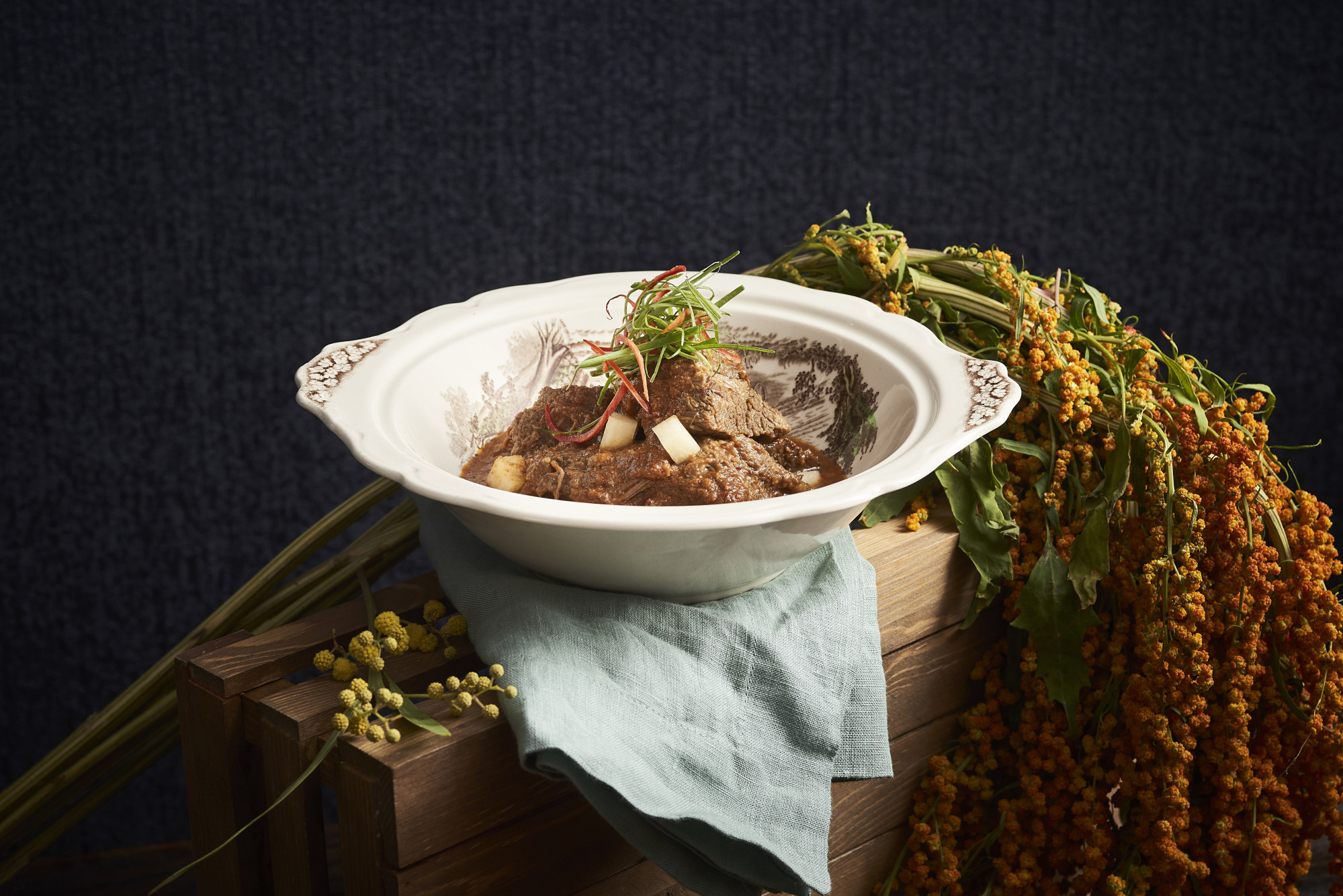
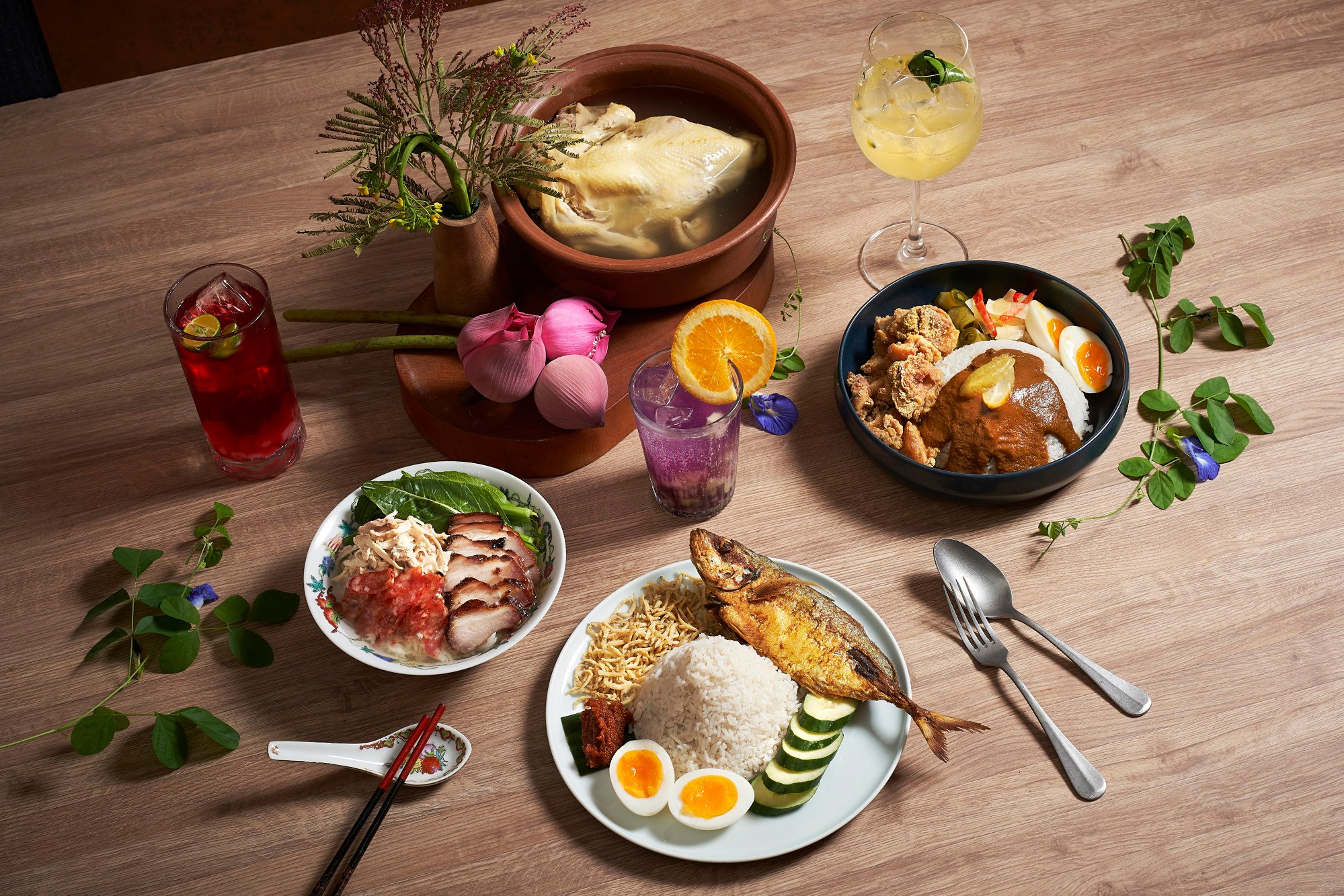
Later in the year, he will be presenting boundary-pushing dishes that modern diners have probably not tasted before, like an adventurous Chinese banquet delicacy rarely seen today. “Not for the faint-hearted, this dish marries fish head, stock, roast pork, bamboo shoots, mushrooms, and pig’s brain in a rich soupy textural delight,” he says.
Nevertheless, even though some older dishes may be an acquired taste, keeping them alive serves an essential purpose. Says Khir, the food historian: “Our culinary heritage is a big part of what defines us. The food we eat is an intrinsic part of our culture. It connects us, and strengthens our sense of identity and belonging to our roots.”

